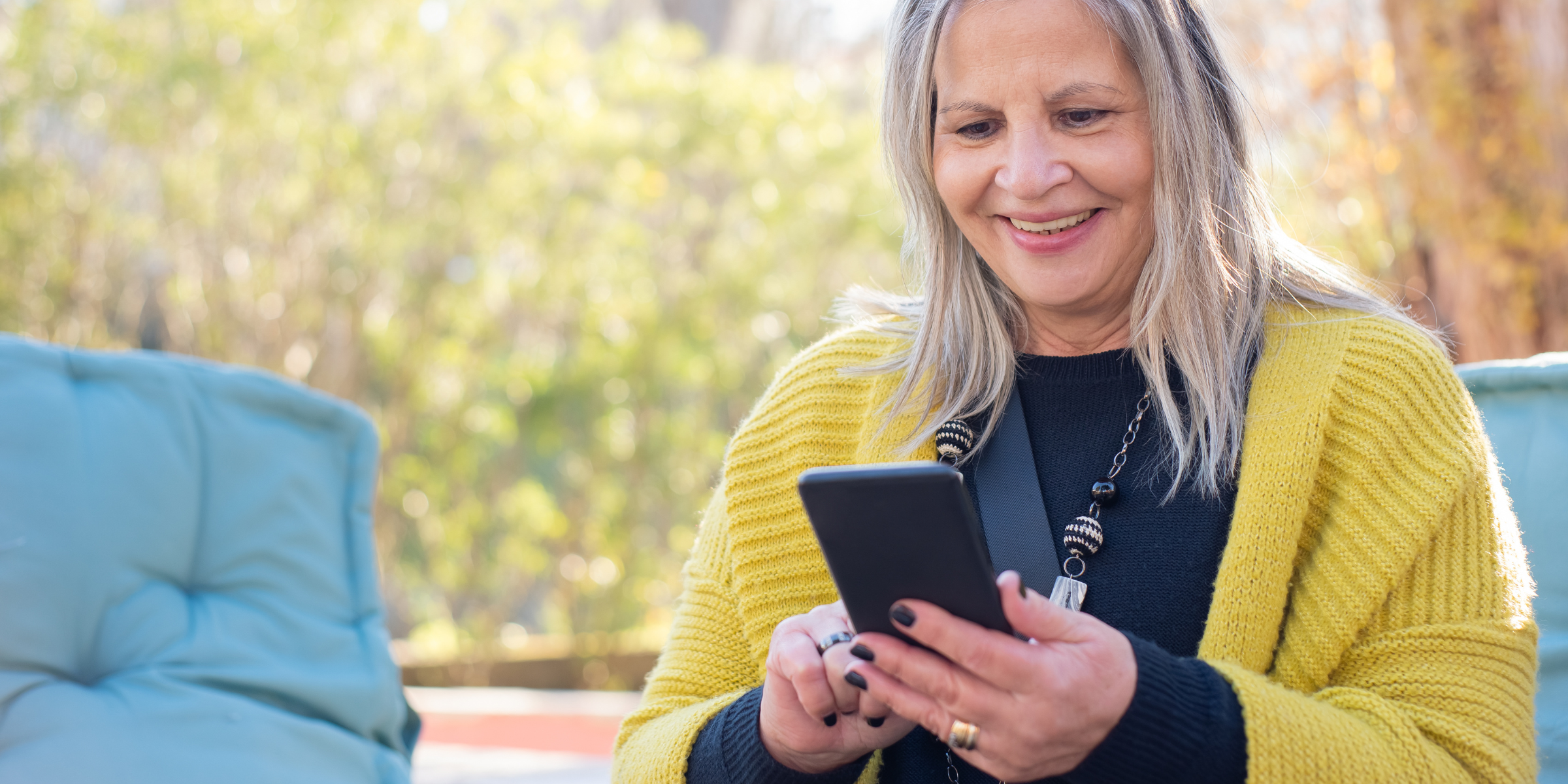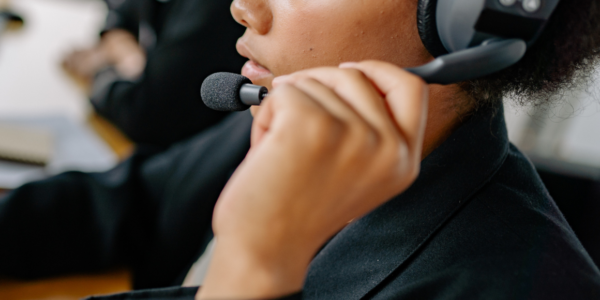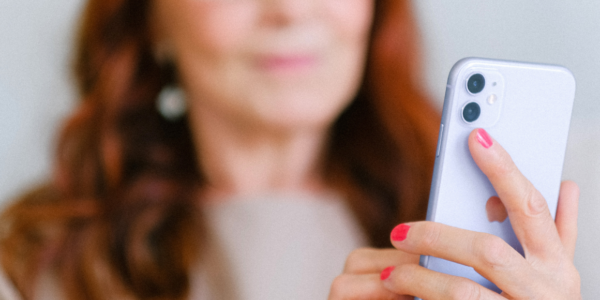As healthcare continues to evolve, so does the way healthcare communication is handled. The role of mobile technology in healthcare communication has enabled easier and faster communication between healthcare professionals and patients.
The evolution of mobile technology in healthcare
From pagers to smartphones
When mobile technology first entered the healthcare scene, pagers were the primary mode of communication for healthcare providers. Pagers were small, portable devices that could receive text messages, allowing care providers to stay connected with their colleagues and patients while on the move. However, pagers had their limitations. They were one-way communication devices, meaning that healthcare providers could only receive messages and not send them. Additionally, pagers were not secure, and sensitive health information could be intercepted by unauthorized persons.
Later, smartphones emerged as a game-changer, allowing for more efficient and secure communication. With the advent of smartphones, medical professionals could use reliable messaging apps to share sensitive health information between providers and patients. Smartphones also allowed healthcare providers to stay up-to-date with patients’ medical records, vital signs, and medication schedules in real-time. This real-time communication has led to improved patient outcomes and reduced medical errors.
The emergence of telemedicine
Telemedicine, one of the most significant benefits of mobile technology in healthcare communication, has gained rapid acceptance in recent times. This emerging healthcare trend enables health professionals to provide remote patient care without being physically present with their patients. Telemedicine has been instrumental in bringing specialized care to patients in remote or underserved areas, reducing the need for hospitalizations, and lowering healthcare costs.
Telemedicine has also been a game-changer for patients with chronic conditions. With telemedicine, patients can receive regular check-ups and consultations without having to leave their homes. This has led to improved patient outcomes and reduced healthcare costs. Additionally, telemedicine has enabled healthcare providers to monitor patients’ health remotely, allowing for early detection and treatment of health problems.
Mobile health applications
The development of mobile health apps has revolutionized healthcare communication by bringing healthcare to the palm of our hands. With just a few clicks, patients can track their health, monitor their blood pressure levels, and discuss their care with their provider in just a few clicks. Apps like OhMD enable seamless communication between healthcare providers and patients, providing a cost-effective way to track patient health and alert doctors of alarming changes in vital statistics.
Mobile health apps have also been instrumental in improving patient engagement. Patients can use their personal device to communicate with their healthcare providers and receive personalized health advice. This increased patient engagement has led to improved patient outcomes and reduced healthcare costs.
Improving patient-provider communication
Effective communication is essential in the healthcare system, as it can improve patient health outcomes, reduce medical errors, and increase patient satisfaction. With the advent of technology, healthcare communication has undergone a significant transformation, enabling patients and providers to communicate efficiently and effectively. Let’s explore some of the ways in which technology has improved patient-provider communication.
Secure messaging platforms
Secure messaging platforms have become a reliable mode of communication for healthcare providers and patients, enabling them to have real-time communication. Clinicians can share confidential health information with other providers instantly without having to worry about the risk of data loss, ensuring privacy is maintained. Patients can also access their health records and communicate directly with their providers, eliminating the need for office visits for minor conditions.
For example, a patient with diabetes can use OhMD to communicate with their healthcare provider about their blood sugar levels, medication adherence, and any symptoms they may be experiencing. The provider can then adjust the treatment plan accordingly, ensuring that the patient’s condition is managed effectively.
Virtual consultations and follow-ups
With telehealth visits, healthcare providers can offer virtual consultations and follow-up visits, increasing healthcare accessibility and preventing patients’ exposure to the harmful effects of delayed treatment. Virtual consultations and follow-ups have become increasingly important during the COVID-19 pandemic, where the need for social distancing has forced healthcare providers to adopt a virtual format of care delivery.
For example, a patient with a skin rash can have a telehealth visit with a dermatologist, who can diagnose the condition and prescribe medication without the patient having to leave their home. This not only saves time and money but also reduces the risk of exposure to infectious diseases.
Enhancing interprofessional collaboration
Streamlining communication within medical teams
Mobile healthcare technology has revolutionized the way healthcare providers collaborate and communicate with each other. With the help of mobile phones and applications, medical teams can now share their knowledge and expertise in real-time, regardless of their location. This has significantly improved communication within medical teams, leading to better patient outcomes and overall healthcare efficiency.
Mobile health technology has enabled healthcare providers to share critical patient information instantly, such as lab results, medications, and treatment plans. This has helped medical teams to work together more effectively, ensuring that the quality of patient care is not compromised. Additionally, mobile technology has made it easier for healthcare providers to coordinate care across various healthcare providers involved in a case, leading to better patient outcomes.
Access to real-time patient data
With mobile technology, healthcare providers are able to access patient data right from their personal devices while maintaining HIPAA compliance. This has enabled providers to offer better care to patients, even when they are not physically present in the same location. For instance, a physician can converse with a patient on their mobile device while on vacation, and provide guidance to the patient’s care team remotely.
Coordinated care and decision-making
Mobile technology has also enabled healthcare providers to collaborate more efficiently, leading to coordinated care and decision-making. In complex patient cases, mobile technology allows healthcare providers to consult with specialists and gain important insights to ensure that patients receive the best possible care.
For example, a primary care physician can use a mobile device to consult with a specialist regarding a complex case. The specialist can review the patient’s EHR and provide guidance on the best course of treatment. This has significantly improved the quality of patient care, as healthcare providers can make more informed decisions based on the input of their colleagues.
Overall, mobile technology has become an indispensable tool for healthcare providers, enabling them to collaborate, communicate, and coordinate care more effectively. As technology continues to evolve, it is likely that mobile devices and applications will play an even greater role in enhancing interprofessional collaboration and improving patient outcomes.
Overcoming barriers to mobile technology adoption
Mobile technology has revolutionized the healthcare industry, providing healthcare providers with more efficient and accessible communication tools. However, with any new technology, there are always barriers to adoption. In this article, we will explore some of the barriers to mobile technology adoption in healthcare and how they can be overcome.
Navigating regulatory and compliance issues
Mobile technology in the healthcare industry is subject to various regulatory and compliance requirements, such as HIPAA. Healthcare providers must ensure that they comply with these regulations to avoid legal issues and uphold the trust between patients and providers.
While navigating regulatory and compliance issues can be challenging, healthcare providers can overcome these barriers by implementing robust compliance programs and working with technology vendors that understand the regulatory landscape. By working together, healthcare providers and technology vendors can ensure that mobile technology is used in a compliant and secure manner, ultimately improving healthcare delivery and patient outcomes.
The app that simplifies patient conversations
On the OhMD mobile apps, available for both iOS and Android devices, you’re able to maintain compliance and security standards while having the ability to stay connected to patients and colleagues. Whether you’re letting a staff member know that you’ve roomed a patient, discussing symptoms with a concerned parent, or getting a new patient scheduled for their yearly physical, you can count on OhMD to keep you connect right from your mobile device.
OhMD’s mobile communication platform is a high-value tool for healthcare providers seeking to enhance patient care. With our mobile applications, patients can easily and securely communicate with their healthcare providers, and providers can respond in real-time, streamlining communication and increasing patient satisfaction.
Our mobile applications are designed with a user-friendly interface, making it easy for patients and providers to communicate efficiently. This eliminates the need for lengthy phone calls and voicemails, and provides a more convenient way for patients to stay in touch with their providers.
The OhMD app streamlines the experience you have logging in via the OhMD website, and puts it right in your pocket.
We understand the importance of maintaining patient privacy and confidentiality. That’s why our mobile applications are fully HIPAA-compliant, ensuring that all patient information is kept secure and private. By using OhMD’s mobile applications, healthcare providers can communicate with their patients without compromising sensitive information.
At OhMD, we’re committed to improving patient care and enhancing communication between patients and providers. Our mobile applications offer a powerful solution for healthcare providers seeking to enhance patient satisfaction and streamline communication.

See why over 50,000 clinicians use OhMD for patient communication
Available on the web or on your mobile device, OhMD streamlines conversations saving you time and money.





